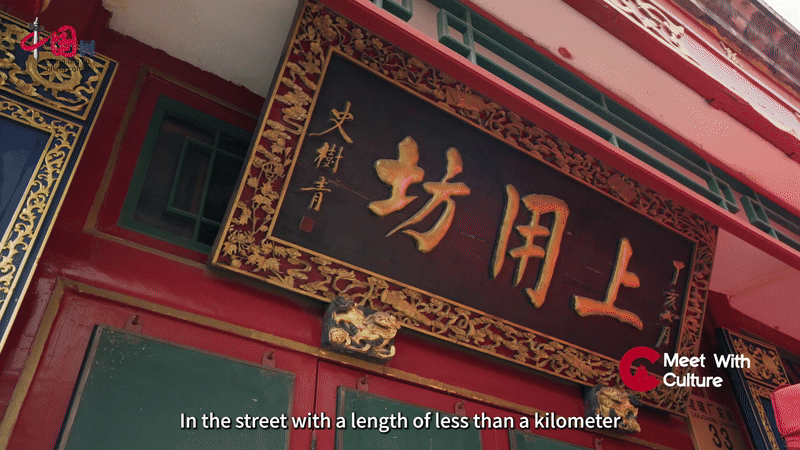We will stay firmly rooted in Chinese culture. We will collect and refine the defining symbols and best elements of Chinese culture and showcase them to the world. We will accelerate the development of China’s discourse and narrative systems, better tell China’s stories, make China’s voice heard, and present a China that is credible, appealing, and respectable.
Meet With Culture | Liulichang: The First Street of Antiques, Calligraphy and Painting
发布时间:2024-12-26 07:32:28 | 来源:中国网-中国习观 | 作者: | 责任编辑:曹川川

Over more than 300 years, Liulichang Culture Street has inherited the charm of traditional Chinese art and culture. It is not only a platform for the exchange of cultural masters, but also a market for calligraphy and painting vendors. With the passage of time, traditional art and culture have been quietly undergoing integration and transformation.
The name "Liulichang" began in the Yuan Dynasty (1271-1368) when the capital Dadu was built. Initially, the place was called Haiwangcun, which was renamed Haiwangzhuang in the Jin Dynasty (1115-1234). After the Yuan Dynasty relocated its capital to Beijing, government-run kilns began to be built here, hence its name Liulichang (literally "Glaze Factory").

After the Jiajing reign in the Ming Dynasty (1368-1644), the place no longer produced glazed tiles, but its name Liulichang has been retained to this day. In the early Qing Dynasty (1644-1911), students from all over the country who went to Beijing to take the imperial examination chose to live in the neighborhood. Thereafter, many shops that provided them with books and stationery settled in the area. Gradually, the former kiln area evolved into a famous cultural street.


In the street with a length of less than a kilometer, there are many famous shops specializing in the "Four Treasures of the Study" – brush, inkstick, paper, and inkstone. Its history epitomizes the development of traditional Chinese calligraphy and painting.


With the introduction of modern artistic and cultural elements, this traditional craft has developed many new figurines, such as Tu'er Ye Astronaut and Tu'er Ye Knight. They have become representative symbols of the contemporary development of traditional art and culture.
From a glazed tile factory to a cultural and art district, Liulichang, a small street in Beijing, has witnessed the vicissitudes and evolution of traditional Chinese art and culture. Thanks to the persistent inheritance of every shopkeeper, this huge treasure house of art and culture is exuding the aroma of culture in this new era.
(Executive Producer: Wang Xiaohui; Production Supervisor: Xue Lisheng; Line Producer: Yu Li; Chief Planner: Ding Suyun, Cao Chuanchuan; Planner: Li Ying; Translator: Liu Haile)

